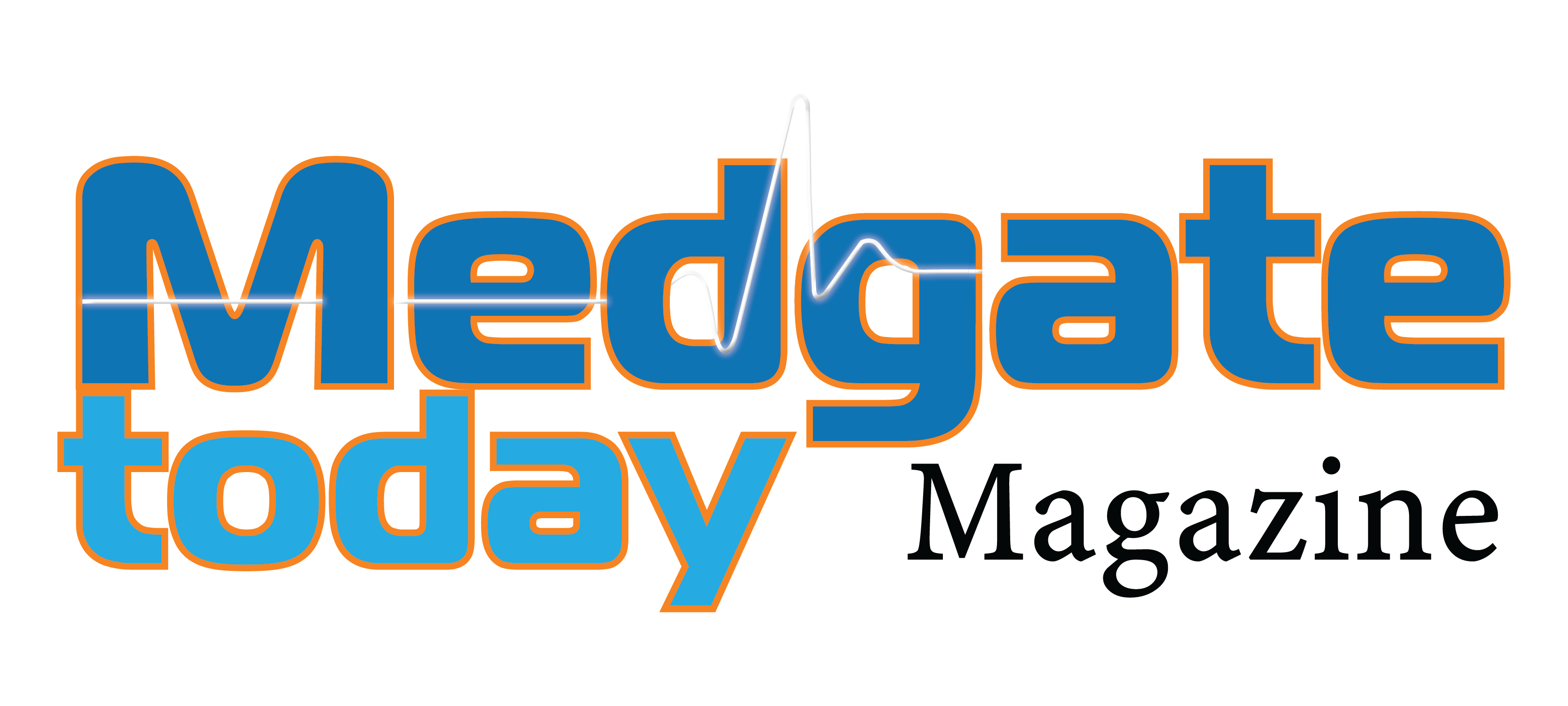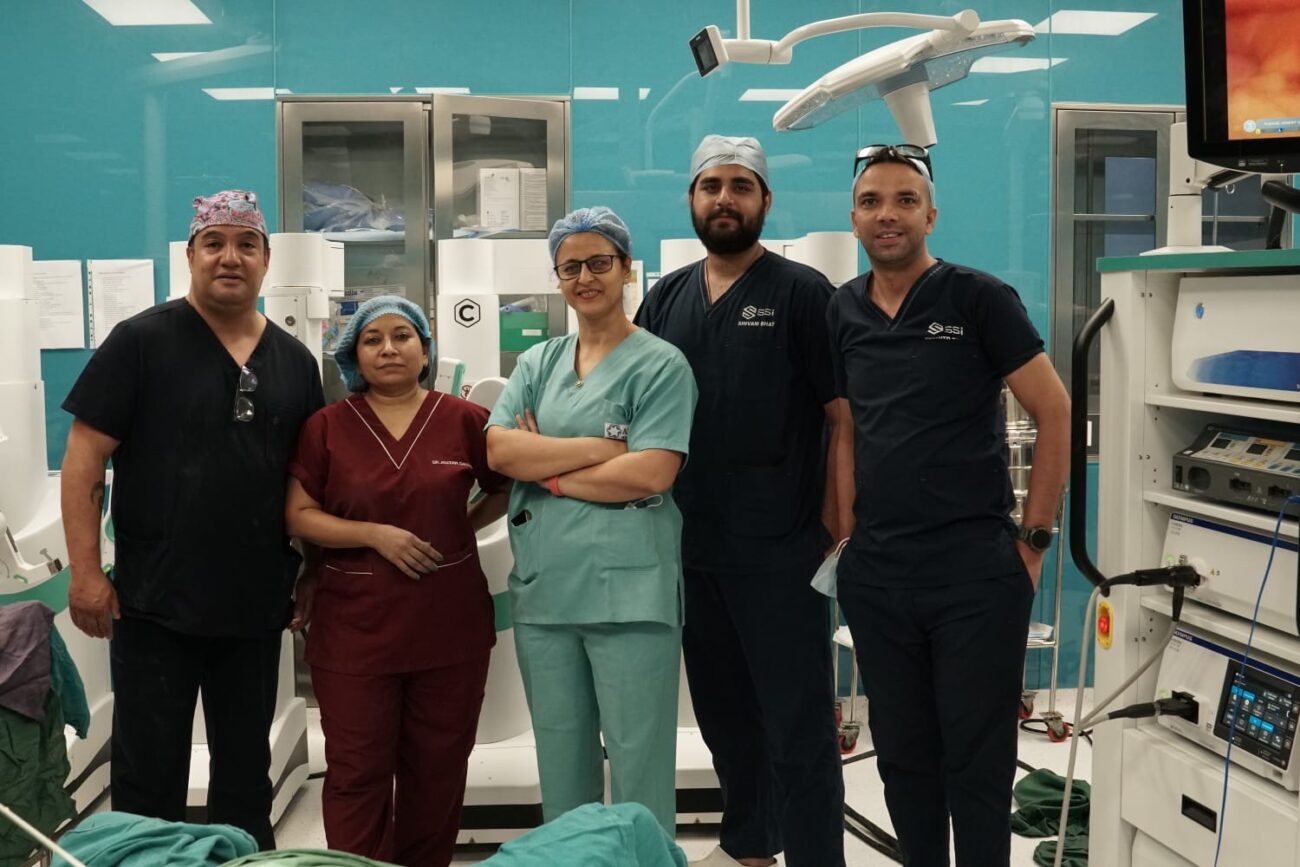With enough energy to inspire not just himself but so many others; coupled with the desire to impart high quality learning and his ability to bring out the best in others, as the CEO of the Future he not only transformed the face of this internationally acclaimed hospital, but also shaped it into one of the most sought after places to work at
Q1. Congratulations for an excellent 2019. Please let us know your key achievements in the year 2019? My strong belief is that everybody has a right to access health care. Have you ever thought about the
Q1. Congratulations for an excellent 2019. Please let us know your key achievements in the year 2019?
My strong belief is that everybody has a right to access health care. Have you ever thought about the fact that no one really finances a human life in India? And that too a life that appreciates. We’re ready to invest in cars, two-wheelers and houses — the value of which always depreciates over time whereas human life only appreciates over time. Recent studies show that Indian households are mostly relying on their own resources and drawing upon their savings to finance healthcare expenses. For this very reason, we tied up with leading healthcare financiers, wherein any patient who enters our doors is liable to apply for a loan which is provided within a matter of minutes.
In fact, another hurdle patients usually face is the lack of insurance coverage for OPD facilities — a facility that is often used for even the most common conditions such as a cold or fever. We live in a country wherein claim ratios are high and patient dissatisfaction against these very claims are even higher. Addressing this hurdle, we at Ruby Hall Clinic have partnered with a well-known insurance brand wherein cost-effective finance options are provided for OPD patients.
Thirdly, we have achieved what no other hospital in the vicinity has managed to do. Our bid to provide exceptional, connected patient care has also led to the development of a new, digital infrastructure as part of our growing e-health strategy in the form of virtual clinics. Over 50 telemedicine centres stand tall in various parts of India as well as overseas bridging the gap between patients and specialists. Our successful endeavour with Tata Communications has indeed expanded the accessibility and efficiency of healthcare delivery and made access to top notch consultants within the reach of the common man.
The driving force of our hospital are our two pillars of strength — quality and technology. Together, both these attributes have managed to keep us a step ahead of every other hospital in the industry. We are the only hospital in the country to have acquired 9 NABH and NABL accreditations which speaks volumes of our commitment to quality healthcare. Very recently, we have tied up with world-renowned Prof. Mohamed Rela and Dr. K. R. Balakrishnan — the two most successful liver and heart transplant surgeons in the country. They have partnered with us to set up world-class liver and heart transplant centres within our hospital.
Q2. Please share a few disappointments of the year 2019?
Hailed as the world’s ‘largest publicly funded health insurance scheme’, the Ayushman Bharat scheme started out with nothing but the promise of a healthier India. About 107.4 million poorest and most vulnerable families were set to be covered by health insurance which sponsors almost all the complex surgeries and 1,394 procedures, covering 23 specialties in both public and private hospitals.
While it is indeed a grand scheme and can work wonders in the industry, the need of the hour is for greater participation by private hospitals. This is only possible if fair compensation rates are fixed. The truth remains that if India’s strongest foundation pillars — the healthcare system and the political system join forces and meet each other half way — the strength and benefits of this scheme will be far reaching and the objectives achieved.
As a hospital, our stand to care for each and every patient remains. On a larger scale, we have planned to incorporate a unit for patients under the Ayushman Bharat scheme — ensuring they too have access to the best in technology coupled with expert doctors. We are indeed in talks with government officials to make this dream a reality in the near future.
On the hospital front, very recently, we invested in high end robotic surgical equipment with a lot of enthusiasm hoping that the promise of accuracy in surgical procedures and faster recovery would help patients in both surgical procedures and recovery times. Overall, this concept is still to gain momentum and we’re looking at ways to make this a better and more viable option for our patients.
Q3. What are the key challenges to overcome in 2020?
Imagine if personal health data could be used to identify an individual as at-risk for an illness and preventive measures could be sent via text message. If the condition worsened and the individual needed to see a doctor, an appointment could be scheduled via a virtual personal assistant. During the virtual appointment, the doctor could order a prescription using voice commands, and two hours later the medication could be delivered to the patient’s door. Based on recent reports that technology giants such as Amazon and Google to even brands such as Oyo and Uber are entering the healthcare industry, this scenario is no longer science-fiction, but could quickly become a reality.
Our biggest challenge in the near future would be to not only adapt to these changes, but also look beyond the borders of healthcare alone. The potential to improve healthcare lies in looking for opportunities amalgamated with all other industries. There is a convergence of technology that is opening up with the Internet of Things (IoT)— big data, artificial intelligence — and it’s allowing doctors to identify patterns in health that wouldn’t have been available to intuitive practitioners.
I strongly believe that artificial intelligence and automated diagnoses are soon set to disrupt the way healthcare is delivered. In the fields of pathology, radiology and even intensive care, artificial intelligence is set to make waves in an unprecedented manner. As an organisation committed to change for the better, we’re already in transition to accept and incorporate the benefits of changing technologies for a better healthcare experience for both doctors and patients alike. Very soon we will be able to transform unsustainable healthcare systems into sustainable ones, stretch out our healing hand to unchartered territories and provide cheaper, faster and more effective solutions for diseases.
Q4. What is the way forward for 2020?
The only way we can bring out a complete change in our industry is by moving to proactive care instead of reactive care. Historically, both healthcare systems and patients have viewed reactive care as the only option, mostly because of perceived financial barriers. Through the years, we at Ruby Hall Clinic have established ourselves as pioneers in reactive healthcare delivery. But somewhere, this needs to change. We’re now set to bring about holistic wellness and a shift in patient perception.
In general, healthcare is moving towards smart wearable technologies with which disease detection, prevention, and precautions become easier. From remote health monitoring to the prevention of chronic diseases, every healthcare paradigm has consortiums for IoT and wearable technologies. This is where proactive healthcare comes into play.
While patients must be compliant and commit to self-care, our role as partners in their wellness extends to proactively managing their health — prevent diseases, detect them early, and improve healthcare results. This in turn will have a ripple effect when it comes to insurance. Insurers can indeed lessen the rising cost per patient by using wearables as a means of increasing patient life value.
Q5. Is there a message for healthcare industry stakeholders that you’d like to share?
India has and will always be a powerhouse when it comes to healthcare. Not many people are aware that in India the healthcare industry is even bigger than IT. If you visit the west, you won’t be surprised to see that most people manning medical equipment are indeed Indians brimming with talent, potential and passion. In fact, within our country we have gone a step further by acquiring the most technologically advanced machines which are not to be seen in most hospitals across the world. This goes to show that we have the strength and talent to deliver best-in-class healthcare and it is our duty to tap into this opportunity.
Healthcare is an area where unlimited new opportunities exist specially relating to new modalities like artificial intelligence, smart health devices, healthcare delivery systems, financial aid for health and telemedicine wherein the opportunities are countless and the potential unlimited. This indeed needs to be tapped and exploited considering the potential of the same.



